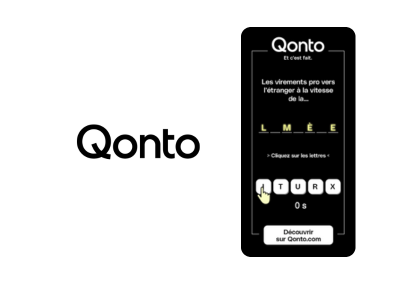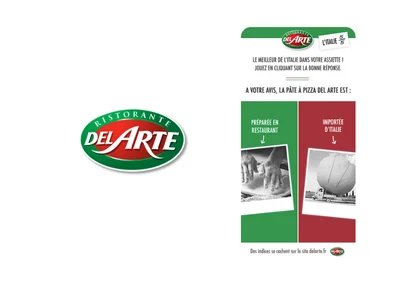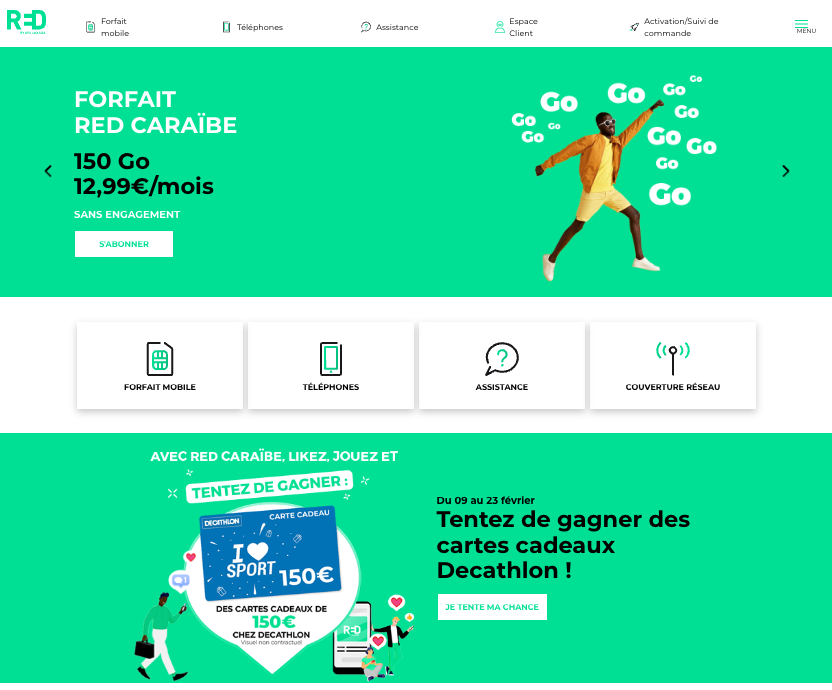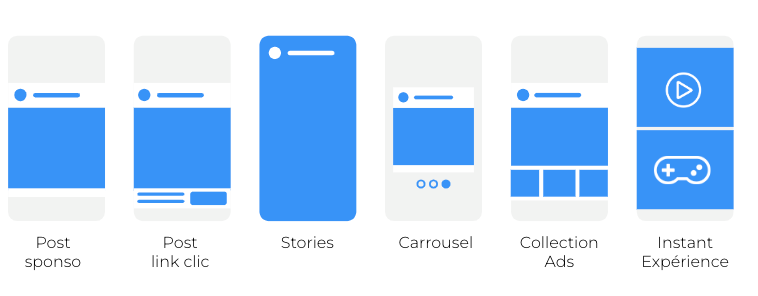
What are Playable Ads? Examples
Against a backdrop of advertising saturation, brands need to redouble their creativity to capture the attention of their audience. To vary from traditional advertising formats, display banners can now be interactive and even playable. This is what is known as Playable Ads, a playable marketing advertising format that involves gamifying banner ads to make them more captivating, engaging and memorable.
In this article, we’re going to take a look at playable advertising and the many advantages it can offer your brand. W’e’ll also share some concrete examples to inspire you and some practical tips to boost your advertising strategy!
What are Playable Ads?
Playable Ads are an interactive advertising format designed to capture the audience’s attention by offering them a playful experience. Drawing on the codes of video games, this format engages users by encouraging them to actively interact with the content, whether to solve a challenge, explore a world or complete a task.
Unlike traditional static banners, Playable Ads transform passive interaction into an immersive experience in which the user becomes an actor. This active participation stimulates attention and helps the message to be better remembered, increasing the chances of conversion and boosting the overall impact of the advertising campaign.
By playing on the pleasure of interaction, this advertising format not only improves engagement, but also key indicators such as click-through rates and time spent with the brand.
Playable Ads KPI’s
To assess the effectiveness of a Playable Ads campaign, several key performance indicators (KPIs) are used to measure both the traffic generated and the level of engagement. These KPIs include:
- Number of impressions: corresponds to the number of times the ad has been loaded.
- Visibility rate: indicates the proportion of impressions during which the ad was actually seen.
- Click-through rate (CTR): for Playable Ads, this rate far exceeds the standards for traditional display formats, where the average CTR is around 0.46% (source 2023). For Playable Ads, it can be as high as 3.8% (internal benchmarks 2023/2024).
- Click-to-play rate: this KPI measures the percentage of users who interact with the ad content. It is around 9.6%, demonstrating the ability of Playable Ads to generate interaction and engage a qualified audience.
- Landing rate: calculates the ratio between clicks and visits to the site, indicating how many users continue their journey after interacting with the ad.
These indicators show that Playable Ads are particularly effective at capturing attention, engaging users and maximising the impact of campaigns.
The different display formats for Playable Ads
Playable advertising comes in different display formats. Each can be adapted to different display distribution networks:
- The pavé: this is the most popular advertising format. It makes it easier to integrate Playable Ads into (or close to) editorial content. This has the advantage of limiting the effect of banner blindness and capturing consumers’ attention more effectively.
- Interstitials: this format is compatible with a wide variety of creations. It can appear during natural transitions in an application or in an online gaming experience.
- The wide angle or half-page: this stands out because of its size. It therefore has a greater impact and allows the advertiser’s animation and content to be displayed in greater detail.

The different mechanics of Playable Ads
Depending on the objectives it has set itself, the brand choose a suitable playable advertising mechanism. For example:
- Engaging mechanics that display promotional codes and reproduce the idea of winning, such as scratch cards or wheel of fortune. The principle is simple and the reward immediate (display of a simple promotional code, for example), making it an excellent lever for visibility and engagement.
- Interactive mechanisms such as Memory, Battle, Swiper or Quiz to capture product preferences and get to know your audience better while engaging them.
What are the objectives of playable advertising?
Like any traditional advertising format, Playable Ads enables brands to generate leads and convert new customers by highlighting their products and services and emphasising their value proposition.
Playable ads are a way of meeting strategic marketing challenges for retailers. Here are the main objectives of Playable Ads:
- Brand awareness. The format allows you to stand out in a saturated advertising landscape while maximising engagement. As a fun, interactive experience, the Playable Ads format makes it easier to capture the audience’s attention and therefore gain visibility and brand awareness.
- L’engagement. Contrairement à une publicité classique que l’on se contente de regarder, le format interactif encourage les prospects à passer du temps avec la marque. Les avantages sont évidents : les produits sont plus visibles, le trafic est optimisé, et l’engagement supérieur.
- Qualification and conversion. The interactive mechanics of playable advertising are also a powerful lever for collecting customer data. For example, format such as Swiper or Battle are ideal for capitalising brand awareness and also attracts potentially more qualified traffic, making conversion more likely.
Reconcile consumers with digital advertising
5 examples of playable advertising to inspire you
Before you get started with Playable Advertising, you can take inspiration from the foolowing examples:
1. Raise your profile
Nickel used the Playable Ads format to promote the personalisation capability of its bank cards. users had to choose a card color via a Wheel of Fortune mechanic Once the wheel had been launched, users clicked om a map to discover the offer via one of 15 personalised messages.

2. Present the advantages of an offer
To support its TV advertising campaign on the connected station, Sowee used the Playable format to enable its audiences to discover the benefits of its product.
The Memory format was particularly effective here in familiarising prospects with the company’s unique value proposition. Participants had to reform pairs with items such as “fixed prices for 3 years” or “an offer with no commitment”.

Reinforce interaction with your audience
Neo-bank Floa has used Playable Ads to promote its available payment services and appeal to a younger audience segment that appreciates the flexibility offered by banks.
Users were invited to discover the payment facilities available to them (payment in instalments, no need for proof of payment, etc).

4. Reinventing the customer experience
Carrefour has decided to modernise its brand image by launching an interactive advertising campaign. Thanks to the playable advertising format, the brand offered its audience an immersive experience inspired by slot machines. Offering instant gratification, this format, customised to respect the brand’s universe, enabled Carrefour to better engage its prospects and customers. It was a fun and memorable experience that not only raised brand awareness, but also boosted sales by giving away vouchers.
5. Improve recall of the promotional message
Uber Eats has also opted for Playable Marketing to engage its audiences. The company opted for a captivating game mechanic called Rattrape-tout. Customised to reflect the world of Uber Eats, this marketing game enabled the brand to multiply and extend interactions with its audience by totally immersing them in its world. This unique and engaging experience encouraged the creation of an emotional connection, while giving the company the opportunity to anchor its key messages in the minds of consumers.
Feel free to browse other examples of Playable Ads created by Adictiz clients and run your own playable ads!
















































